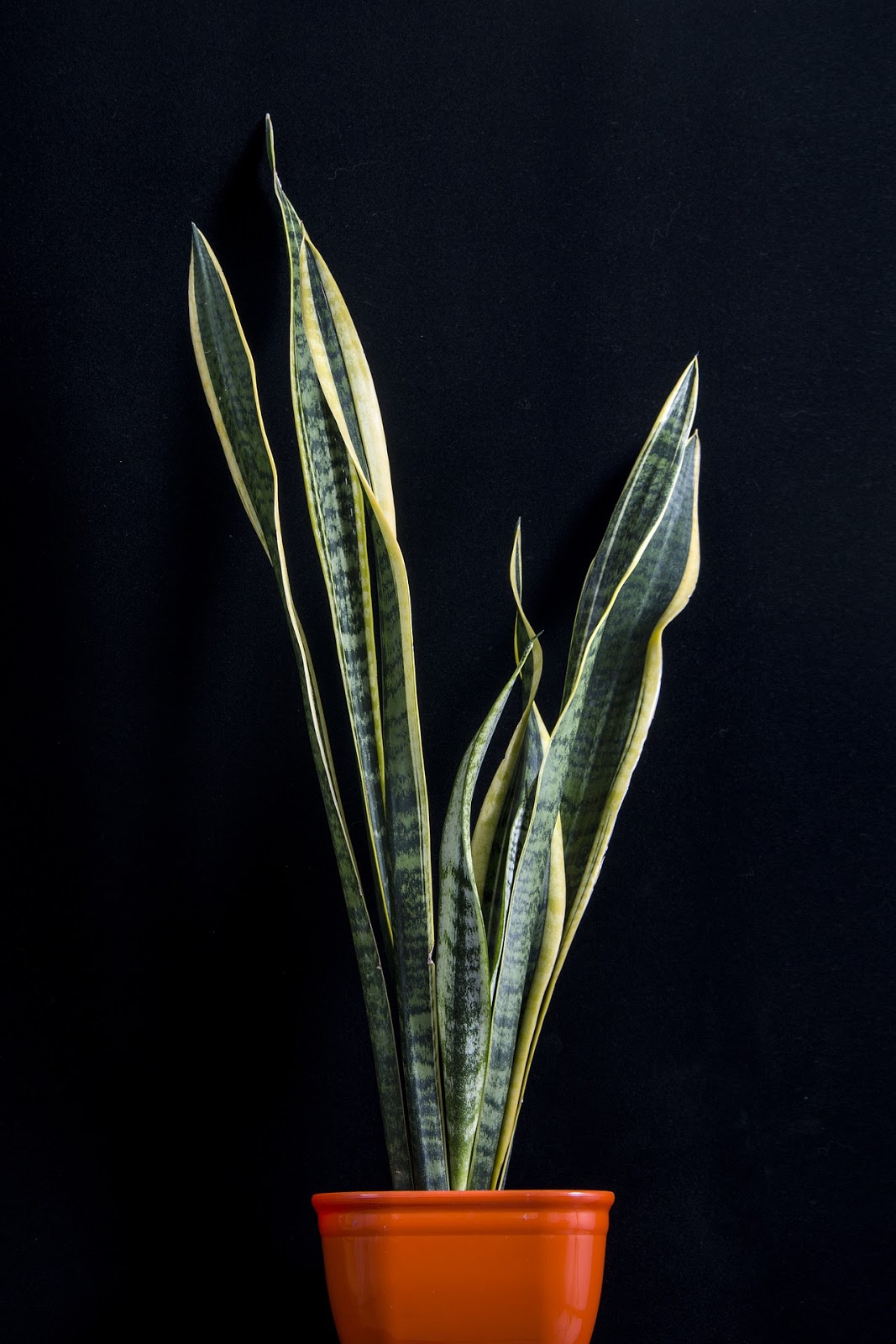This is a different type of article than you’ll usually find on the California Job Blog. This one is about plants! Working for the State of California, you’ll likely find yourself spending your weekdays in a cubicle. Most government employees aren't lucky enough to get a private office until they reach the managerial level.
If you find employment with the State of California, there is a good chance you’ll also find your cubicle is in a building that doesn’t have windows that open. In this type of modern working environment, separated from nature and fresh air, you might find yourself getting a little gloomy. You might also find yourself feeling sleepier than you normally would outside of the office.
In the 1980’s and 90’s, The World Health Organization reported on a phenomenon called Sick Building Syndrome (SBS). The study focused on indoor air quality in modern office buildings and the health of the people working inside them. Their report showed that there was a strong correlation between the time people spent inside their office buildings the frequency and severity of feeling unwell for no obvious reason.
Among the ailments people complained about were headaches, sinus and throat discomfort, and fatigue. They also reported that these symptoms weren’t experienced in other settings and that they tended to fade when they left work for the day.
The report concluded that the likely cause of this “syndrome” was the air quality in modern office buildings. Offices, especially those in high-rise buildings, tend to be tightly sealed to improve energy efficiency. Without adequate fresh air intake, the concentration of oxygen in the indoor atmosphere is less than ideal. Furthermore, mold, exhaust from office equipment and chemicals were found to be prevalent in the air.
This isn’t to say that your health is in immediate danger and you should quit your job or throw an office chair through your 15th story window to get some fresh air. The State of California takes employee health and working conditions seriously, including the monitoring of air quality. But it might mean that you aren’t as productive as you could be if you were working under more natural conditions.
In another report, this one conducted by NASA, plants and their effect on indoor air quality was studied. NASA was trying to find ways to purify the air in space stations. The study found that some types of indoor plants removed common office toxins from the air, mitigating the harmful effects of Sick Building Syndrome.
Not all plants were equal in their ability to filter harmful material from the air. Some were able to remove much more than others. The types of chemicals removed differed by species of plant, also. Among the chemicals that were measured in the study included benzene, ammonia formaldehyde.
In addition to their ability to filter air, all plants absorb carbon dioxide and release oxygen. Carbon dioxide (CO2) concentrations in modern buildings have been shown to be much higher than ideal, which can lead to drowsiness and headaches. Indoor oxygen levels decrease as carbon dioxide levels rise. By adding plants to an indoor office space, it’s possible to achieve air quality that is much healthier.
There is also research that suggests plants might improve your mood and reduce stress and anxiety. While the science connecting plants with mental well-being isn’t as definitive as it is with indoor air quality, adding a few plants to your work space isn’t going to make you feel any worse.
Below we’ve got curated a list of office plants that are perfect for offices. All of these plants tolerate the artificial lighting found in offices, and all are well-known for their ability to clean the air around them. These, like all plants, also add moisture to the air which helps fight another problem plaguing modern offices, low humidity.
The Best Office Plants

Ferns, especially Boston and Kimberley Queen, are listed by NASA as having the ability to remove formaldehyde, xylene and toluene from the air. Ferns are also one of the best plants for humidifying dry air. The only downside is they need a moist environment to thrive. Keep ferns evenly watered and mist them daily, if possible. If misting isn’t an option, you can put them on a tray filled with rocks and water. As the water evaporates, it will give the plant the extra humidity it needs.

Aloe is a great office plant because it prefers drier conditions. Depending on the size of the plant, it might not need to be watered more than once a month. The quickest way to kill an aloe plant is to over water it, so a little neglect is actually good for them. Aloe are tough cacti that can live for decades in your office. They are particularly good at removing benzene and formaldehyde from the air around you.

Multiple varieties of dracaena are found on NASA’s list of clean air plants including, Cornstalk, Red-edged and Janet Craig. Dracaenas grow upright and look particularly attractive on a cubicle shelf. They are slow-growing in artificial light but can tolerate being ignored for a couple of weeks if you go on vacation. Dracaenas are regarded as having the potential to remove benzene, formaldehyde, and trichloroethylene from the air.

Peace Lilies are a fantastic office plant. Their dark green leaves and delicate white flowers can spruce up any space. Peace lilies are intolerant to intense or direct sunlight, making them well-suited for the fluorescent lighting found in offices. Like ferns, they do better when they get a regular misting or are placed on a saucer with some rocks and water. When it comes to ability to clean toxins from the air, peace lilies are a superstar. They are able to filter benzene, formaldehyde, trichloroethylene, xylene, toluene and ammonia.

Snake plants are another hearty variety that don't need a lot of attention or frequent watering. The snake plant’s dense, stiff leaves grow tall rather than wide, making them perfect for cubicles without a lot of surface space to work with. Under the right conditions they can produce flowers, although they aren’t very attractive. Snake plants are especially good at removing carbon dioxide from the air and converting it to fresh oxygen.

Pothos, also known as Devil’s Ivy, are a great way to add some color to your office and make the air healthier at the same time. Pothos can grow vigorously, with long trailing vines stretching more than 10 feet long. These plants will stay green with minimal light but produce golden or cream-colored marbling in brighter conditions. Golden pothos rank high in NASA’s list of air purifying plants with their ability to remove trichloroethene, toluene, benzene, xylene and formaldehyde.

Comments
Post a Comment